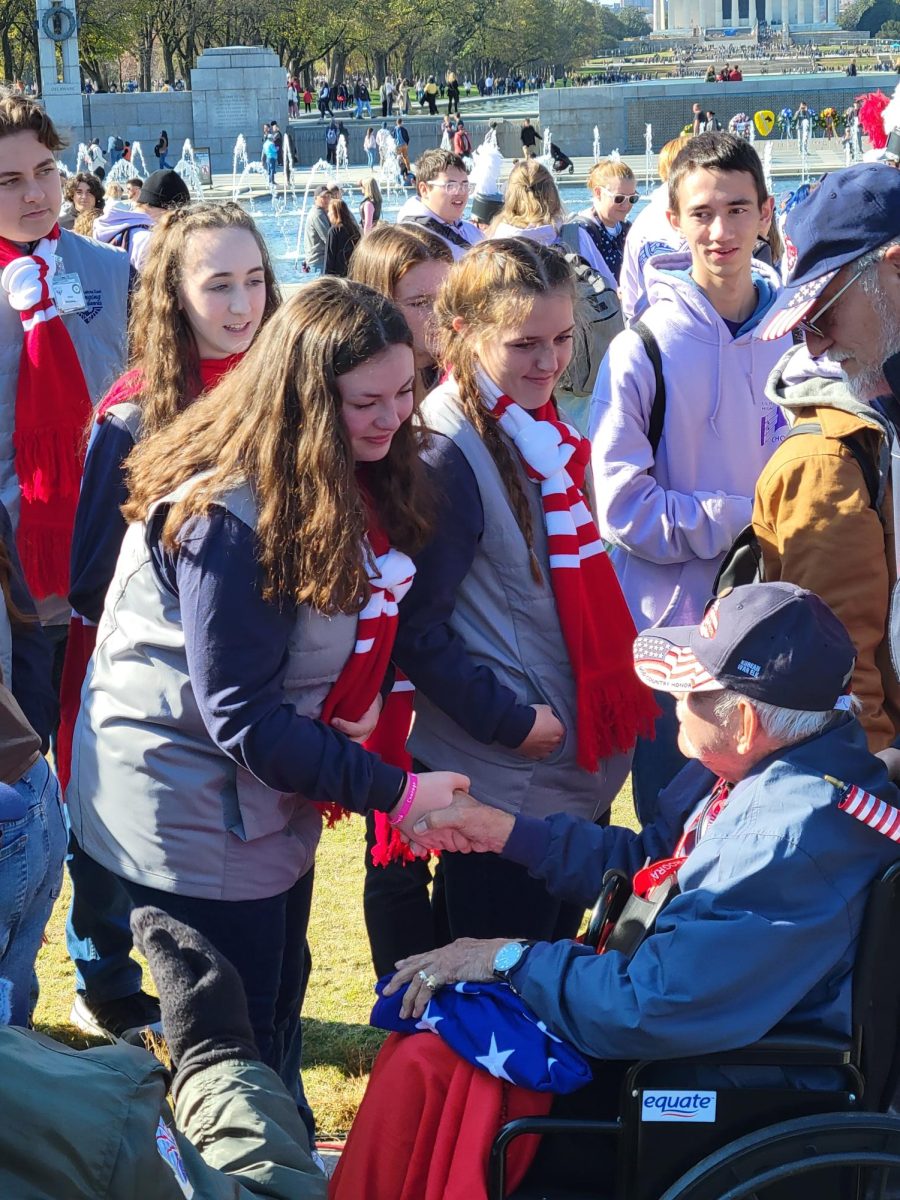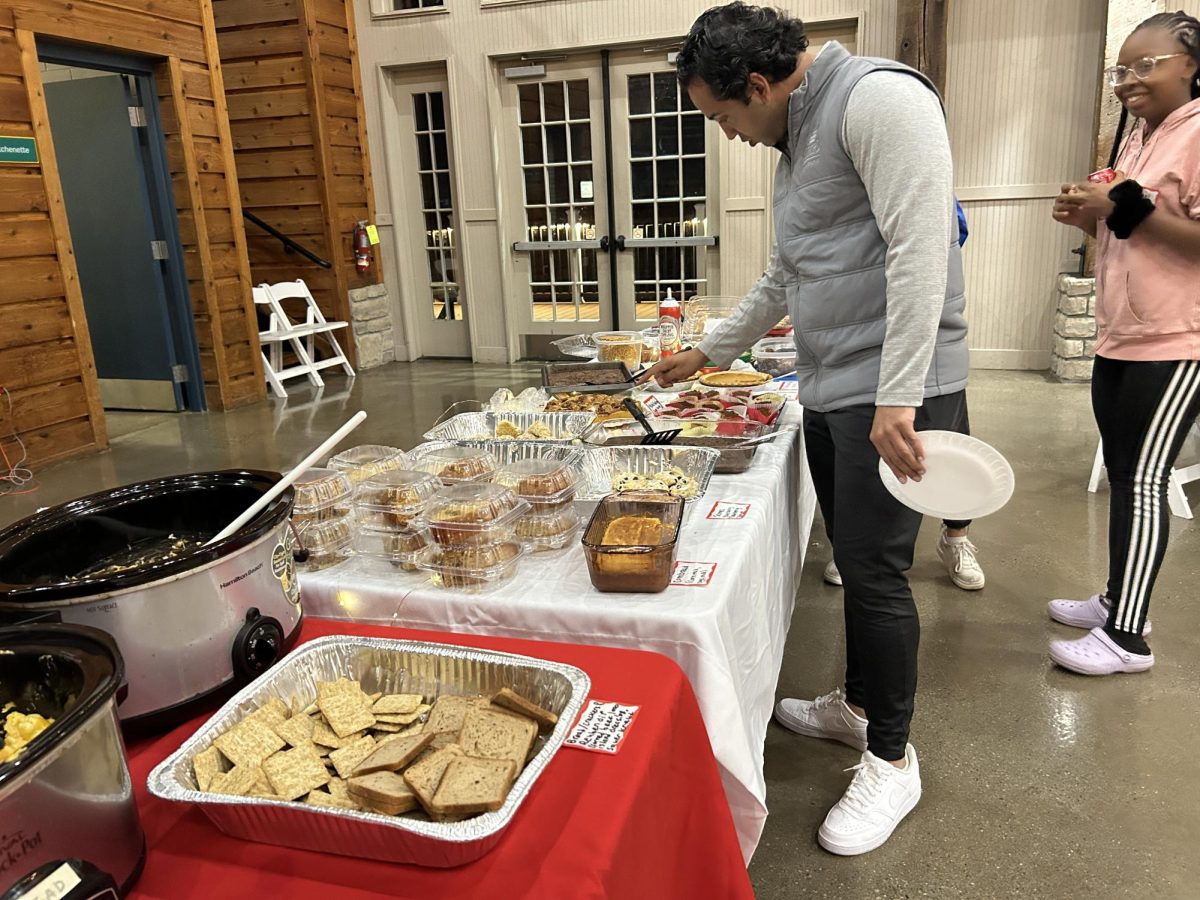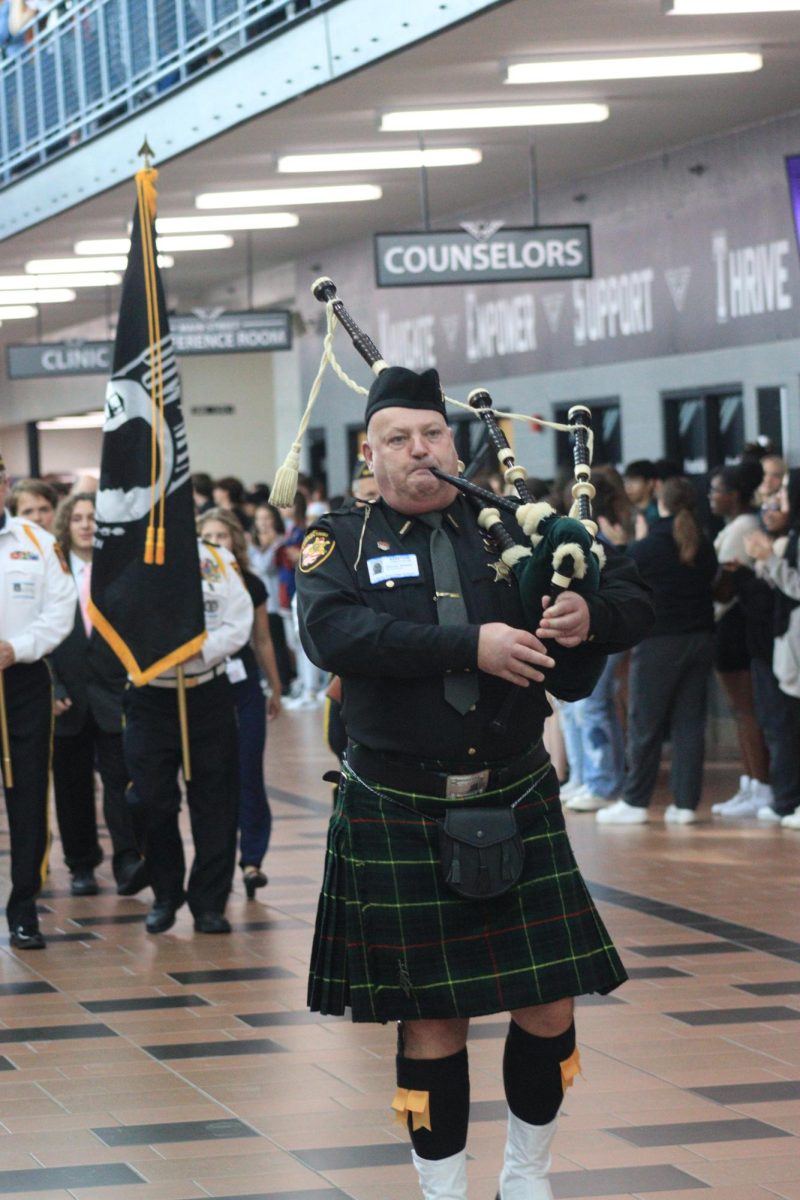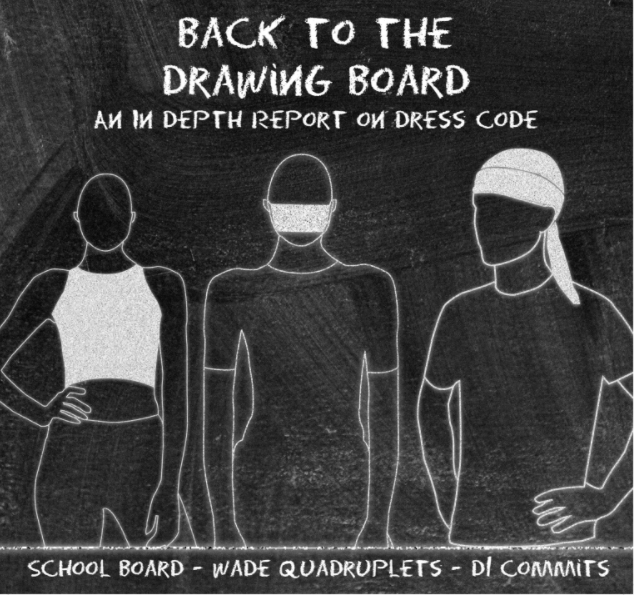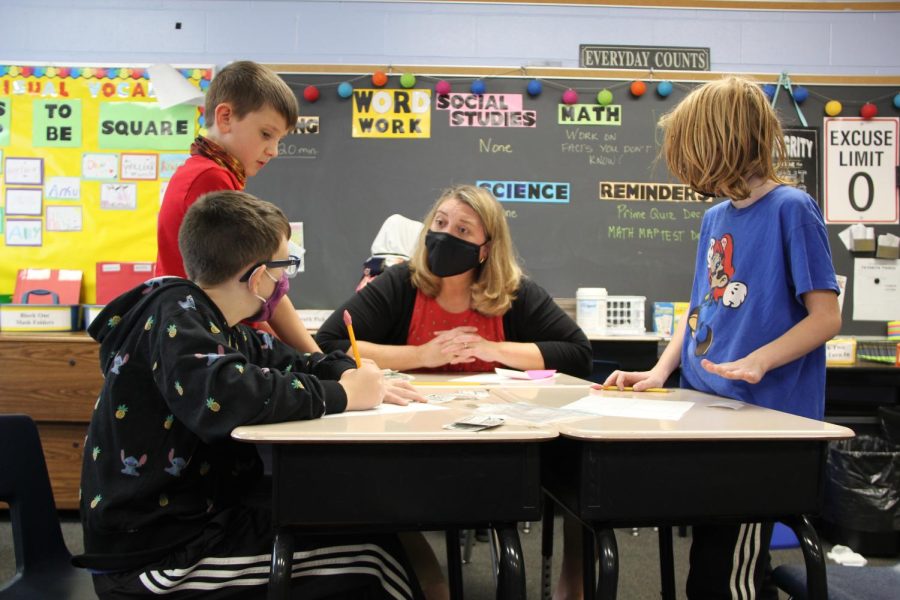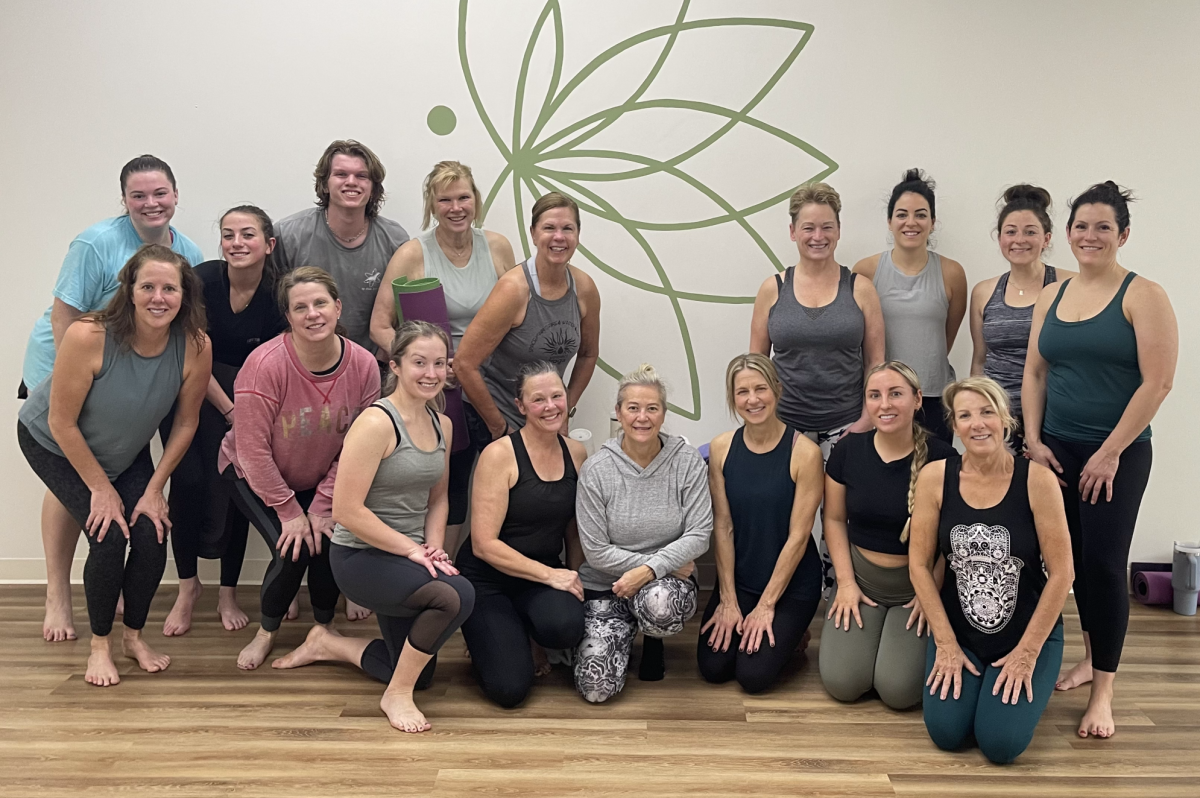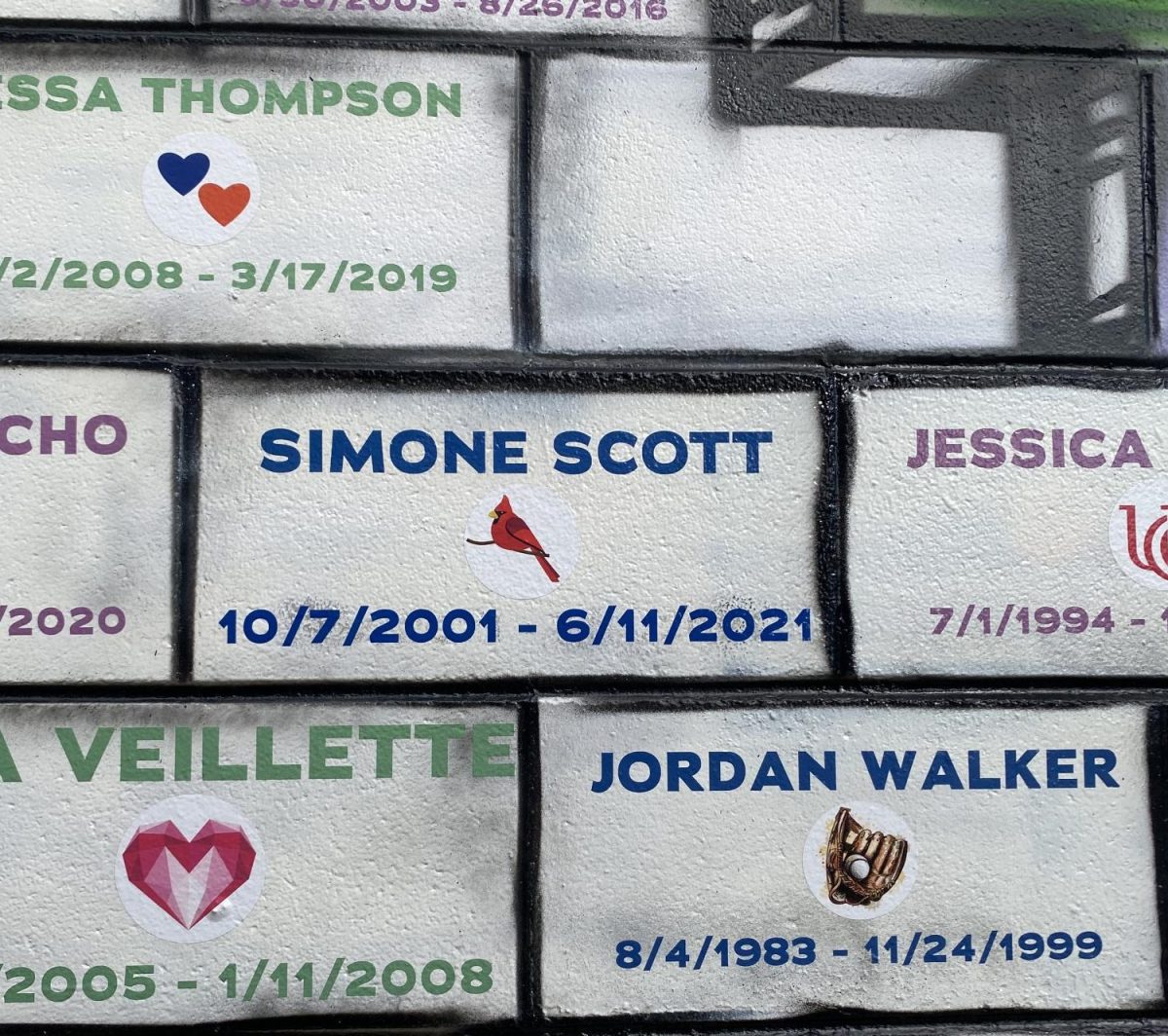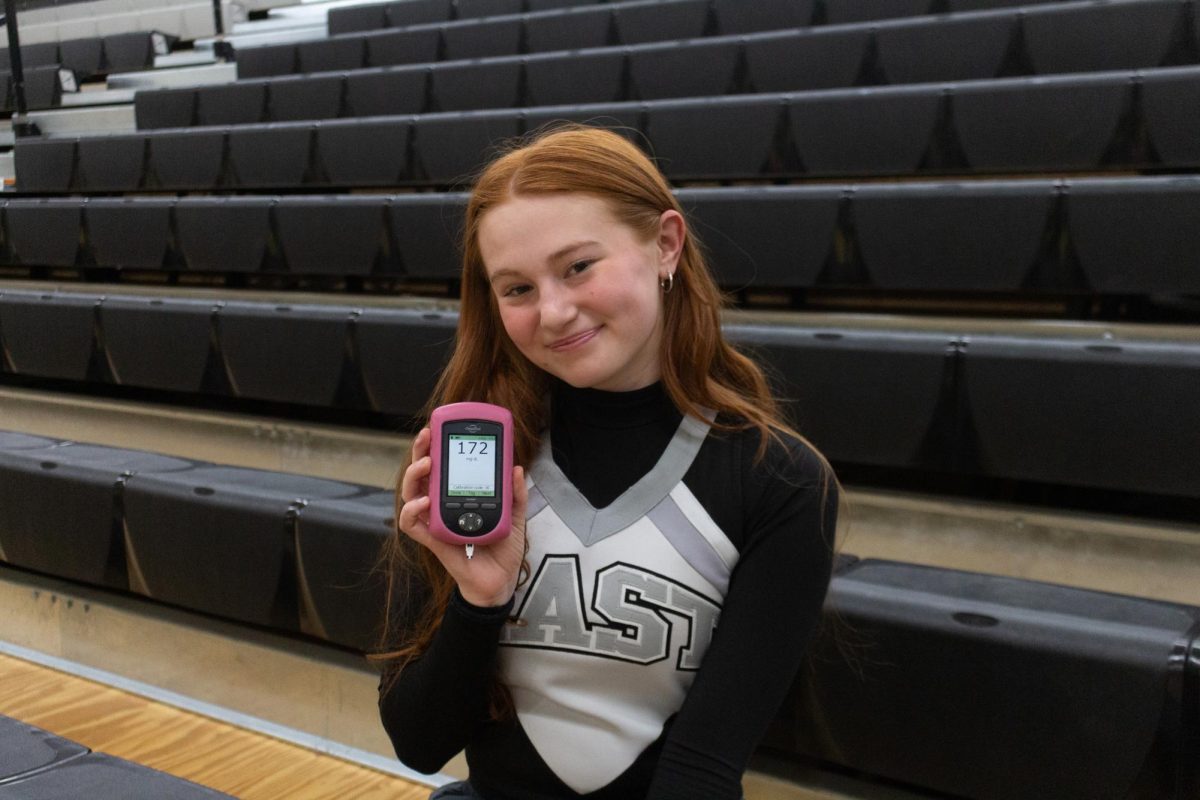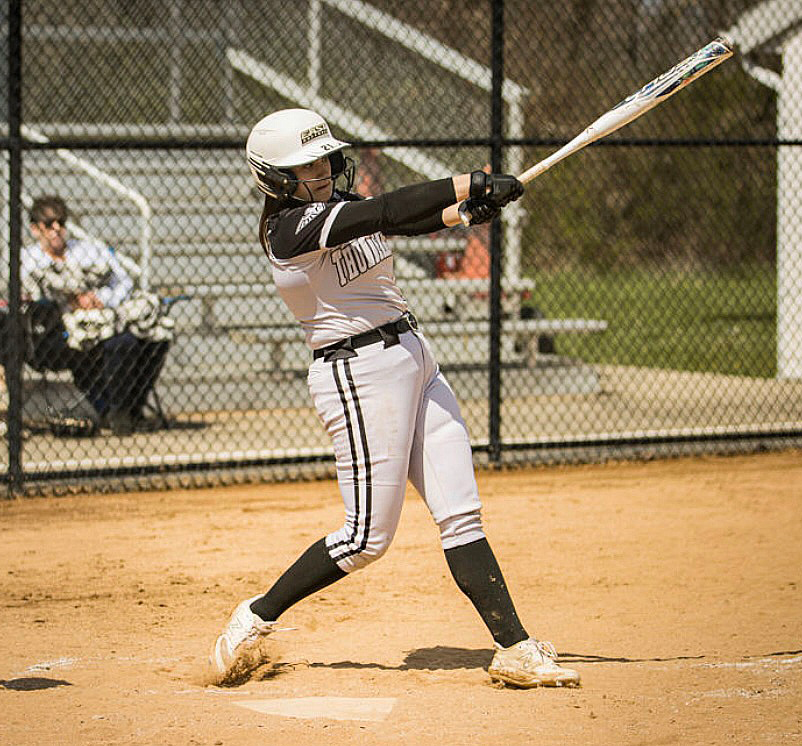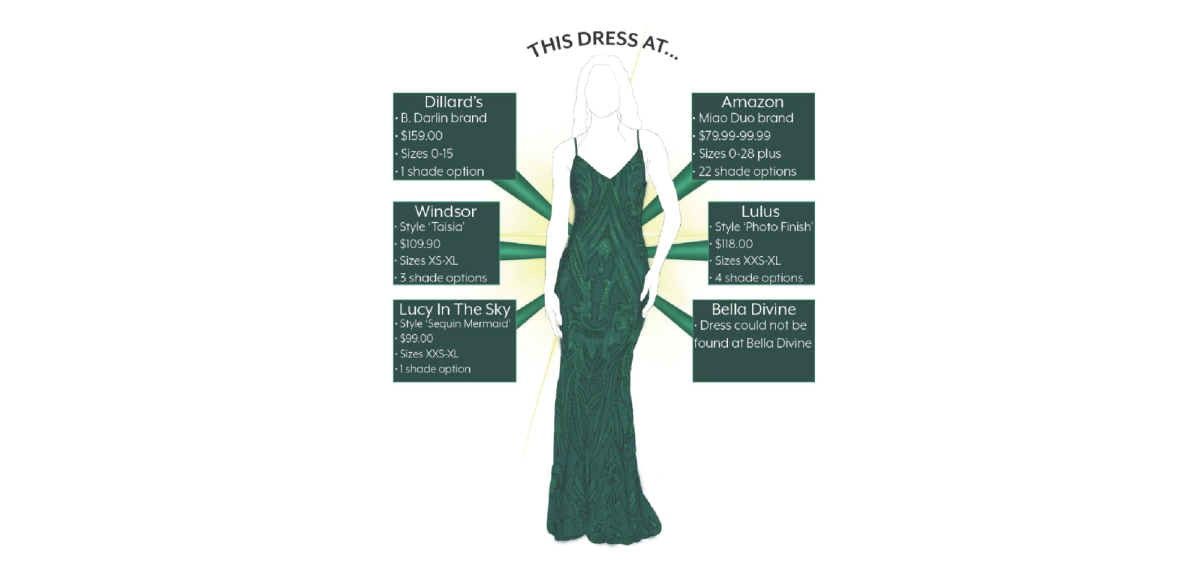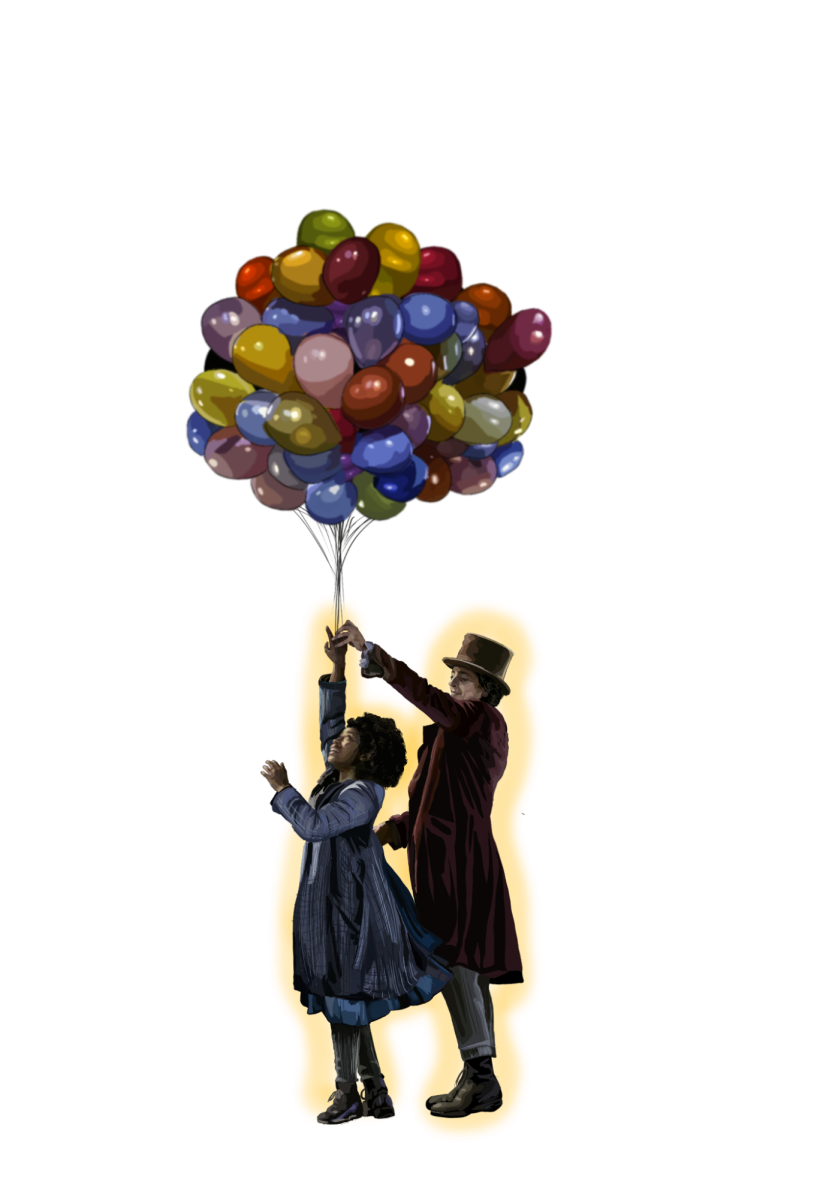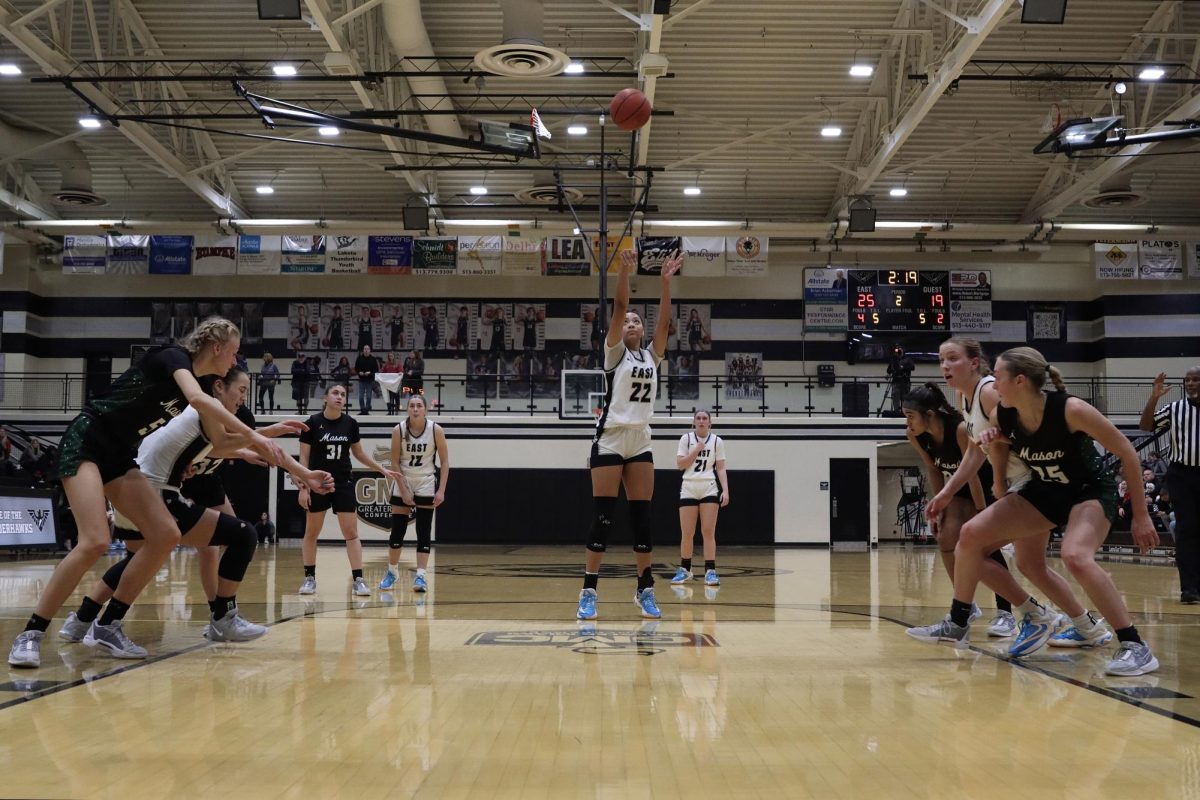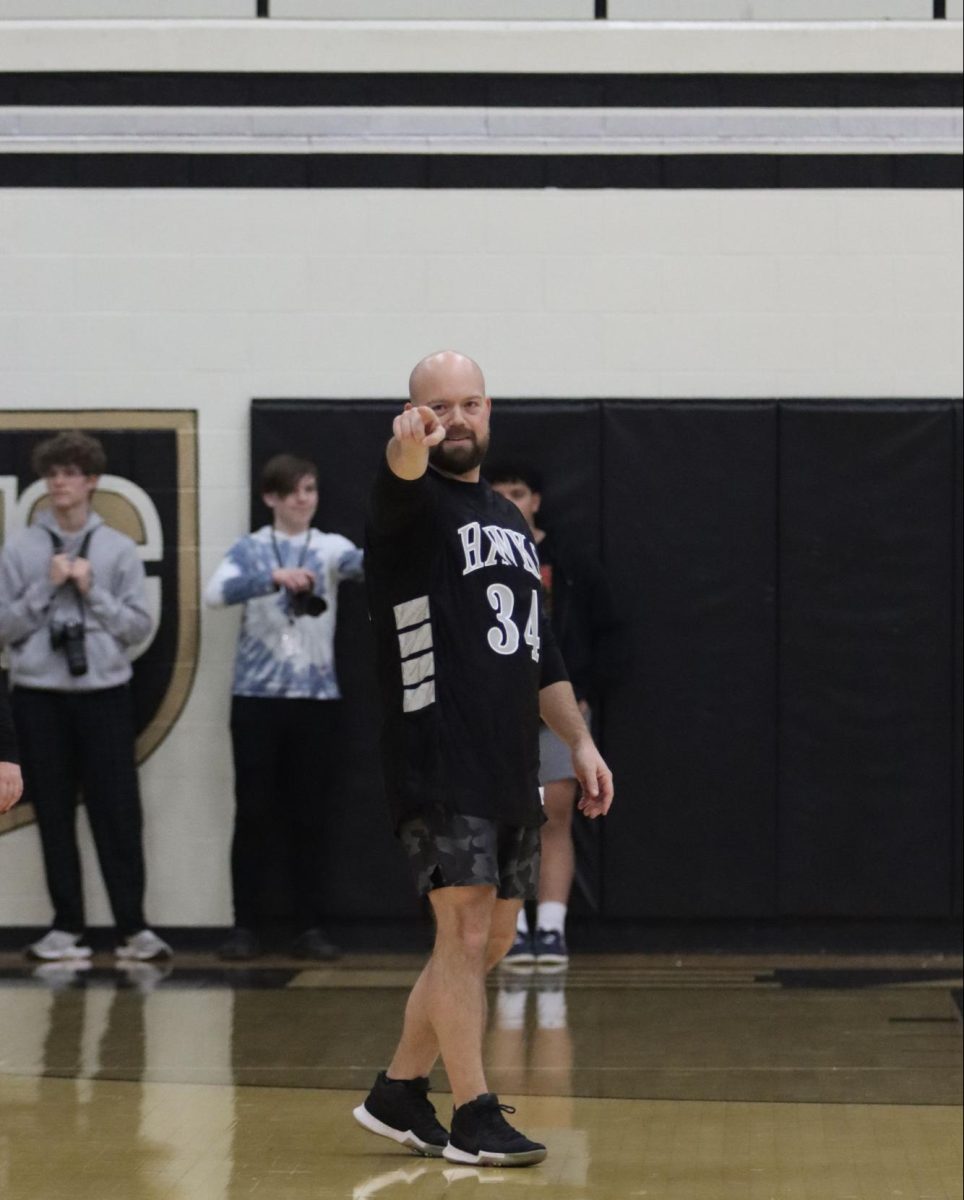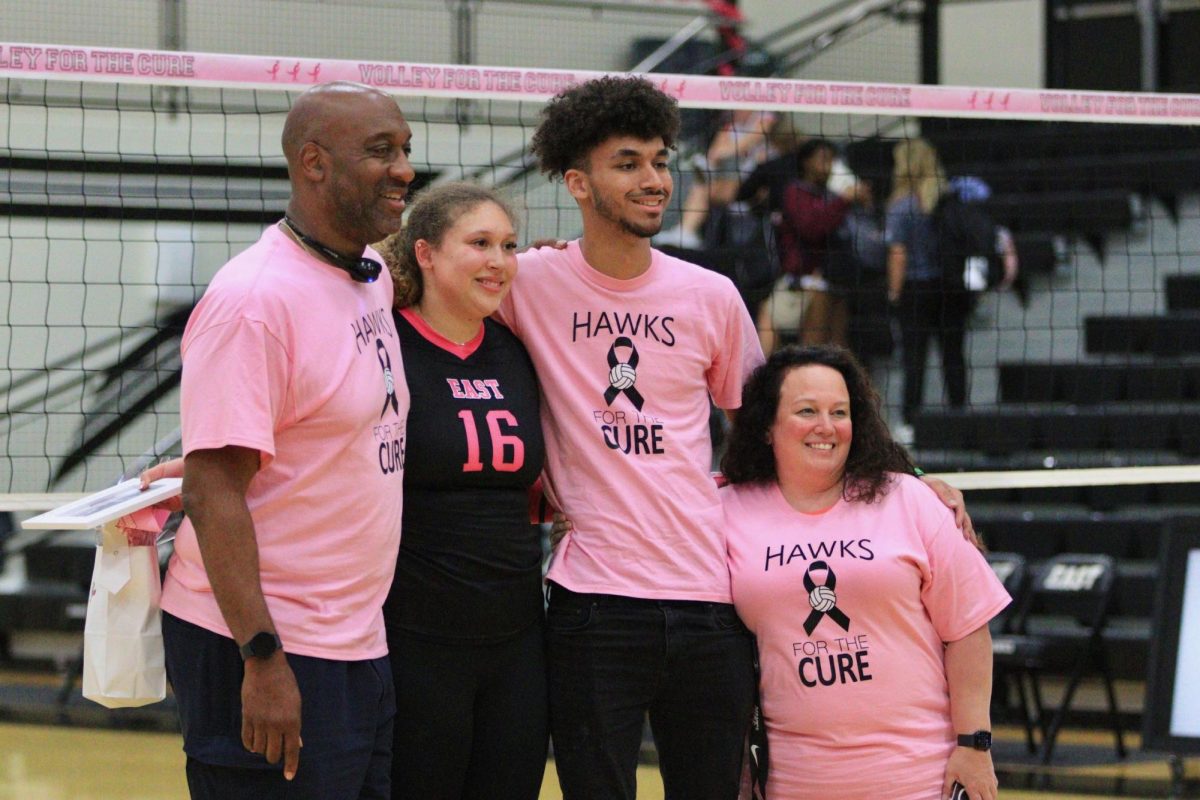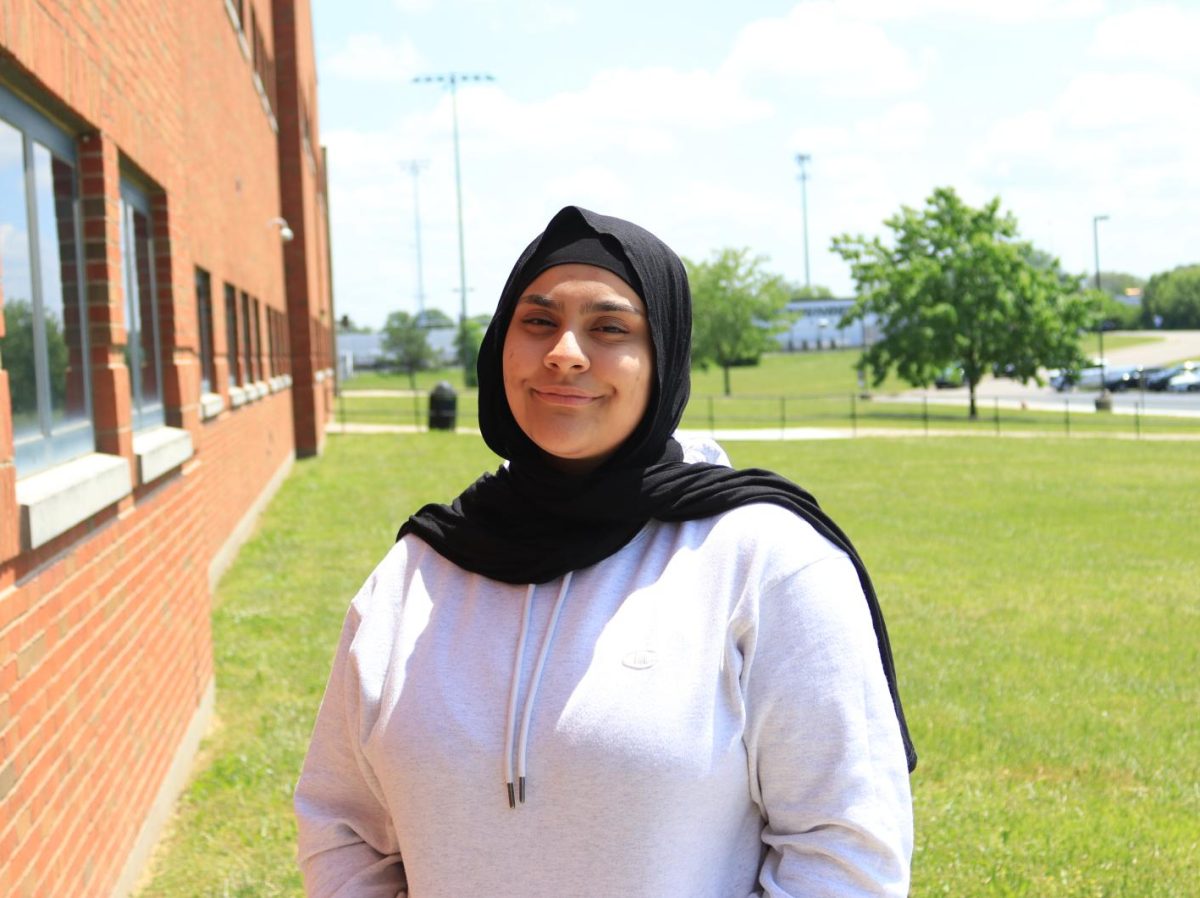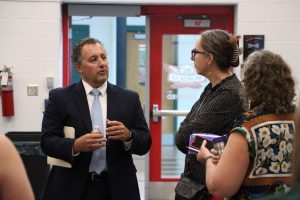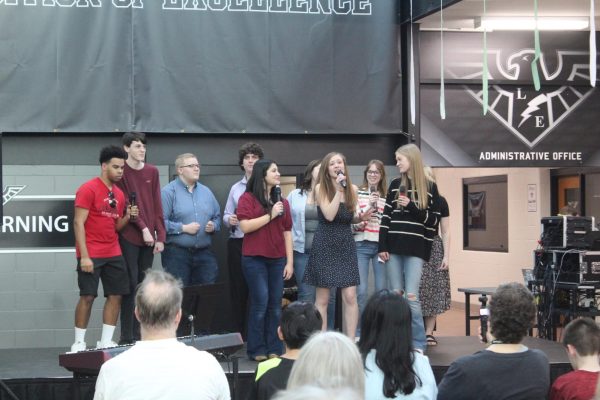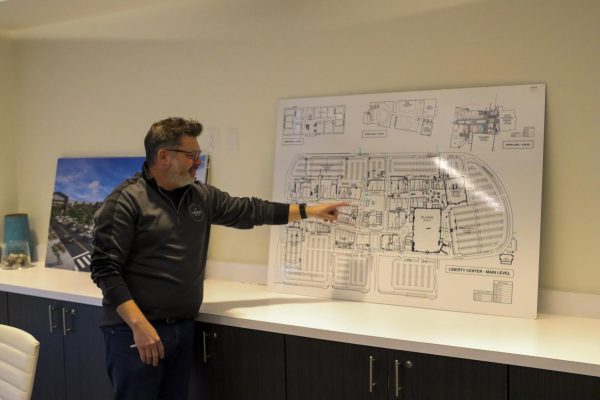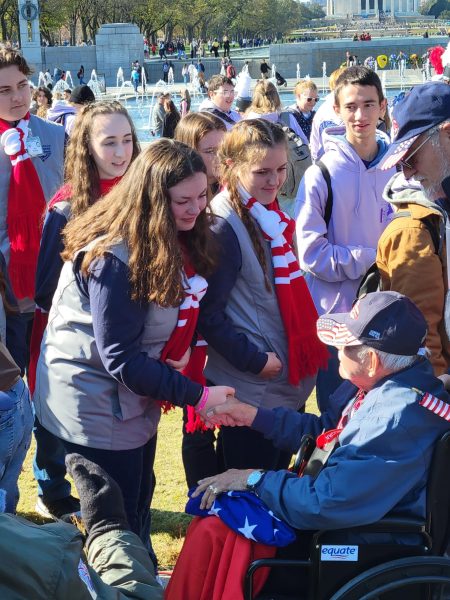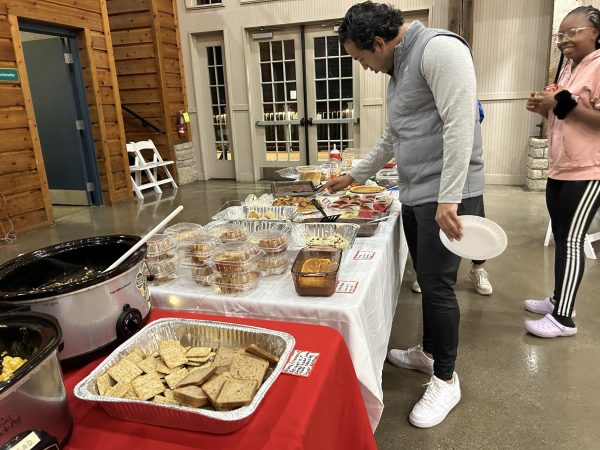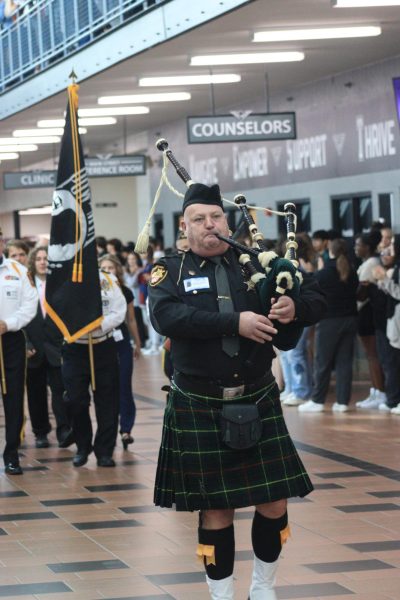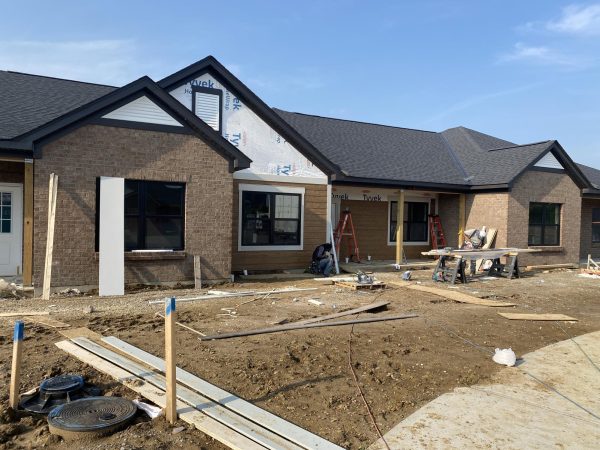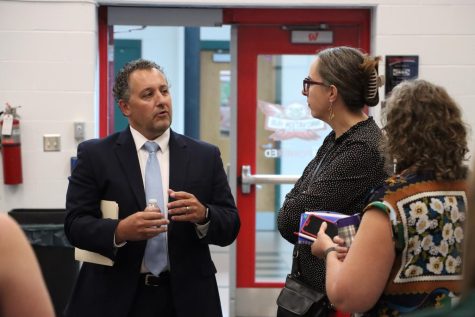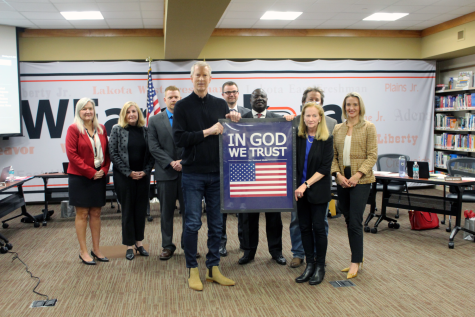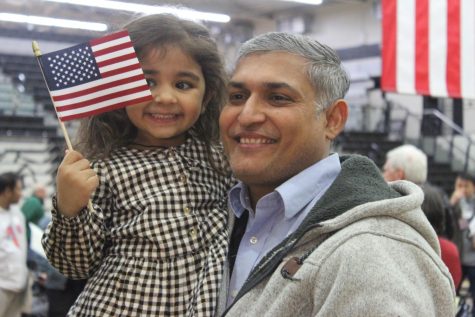East clubs experience limited participation numbers.
This year, East has experienced a significant decrease in participation, which some believe is tied to the pandemic.
March 26, 2022
STORY ELLA HUELSKAMP | PHOTOGRAPHY NATALIE MAZEY
The impact of East senior Kay Kay Bayoli’s Junior Statesmen of America (JSA) club supervisor has her sitting at home, questioning why most of us use cards instead of cash these days. While school clubs are provided to tend to students’ interests and help them feel more connected to their fellow classmates, it can also bring up thought provoking questions like these.
With more than forty different clubs to choose from at East, 70% of students are involved in clubs, and 17.5% of students are leaders of those clubs. Recently, there has been a decrease in club sizes due to multiple reasons, and it’s an issue that’s creating less community between students with similar interests.
Baloyi is the leader of Black Student Union (BSU), which has around 54 members, but around 25 of those members come to their weekly meetings. She’s also the leader of the Women’s Empowerment club, which is changing its name to HER (Her Quality Rises) club, and has 15 people with only 7-8 people attending every week. Each club has weekly meetings that touch on various topics within the club’s name. Every month BSU has two big meetings along with their weekly Tuesday meetings, and has a discussion about what’s going on in the black community or about “racism at East ‘.’ She adds “it really depends on the week.” Both clubs are a projection of her interests and beliefs that she’s passionate about.
“My clubs are really politically focused, and are about government and change that I’m very passionate about. So my friends are like that as well, [which makes it easier] for me to make friends that way,” Baloyi said.
Baloyi also said that clubs are a great way to shape students into the people that they want to be.
“They also raise a lot of awareness to what’s going on around us, like we learn about current events, we learn about what’s going on in places like China, and Japan, things that we don’t necessarily learn in school unless we’re taking a specific subject,” Baloyi adds.
She hopes that students start to realize that clubs aren’t a small part of school, and that there are fun, exciting clubs to get involved in that don’t have to feel like just another part of the six-hour school day.
East senior Samantha Schaller who is one of the leaders of Astrology club. The club talks about topics like horoscopes, certain Zodiac seasons and more. Schaller said that clubs are a great way to connect people that are “like-minded” or have similar interests.
“I honestly don’t know what I would do with my time if I didn’t have them,” Schaller said.
Schaller also said that a few reasons why people aren’t as involved in clubs is because most seniors flex early morning bells and end of the school day bells, which makes it inconvenient for them to have to come back to school to attend a club meeting.
“For sophomores and juniors, they’re maybe not used to hearing about the clubs as much so they’re not really aware of them as much,” Schaller said.
She feels that hawk news helped put out information about clubs and their meeting times as well. She said that with more people coming, it will continue to “grow”, which would allow for more “deep conversations” and “different perspectives.” Baloyi’s clubs have also struggled with attendance, which makes it hard for her clubs to achieve certain projects they’re working on.
“I try so hard to get people to notice what we’re doing, like, we did a blue card proposal which would allow students to have a menstrual leave, [but the school board didn’t side with it] because not enough students knew about it,” said Baloyi, who believes this would have been a great access for women in our school.
One of Lakota East’s english teachers Kathleen Foldy, who is a faculty advisor for Gender Sexuality Alliance (GSA), allows several clubs including GSA, Muslim Student Association (MSA), and astronomy club to meet in her room. The first word that came to her mind when thinking about the importance of clubs is “vital”. She said she wishes she knew why clubs have gotten smaller because she’s not fully sure.
“I don’t know if students are having transportation issues or if they have to work. I have no idea, but I definitely see it,” Foldy said. “There’s an energy when folks come together, [like a community that] feeds off itself and people want to come back and have a great time, so they’ll come back the next time, and other people have ideas about what they want to happen during the club and they give the officers and the leadership other ideas.”
Foldy said there needs to be an intrinsic motivation for students to go to a club, and it’s the extrinsic motivations that is like having a “resume that looks like you were involved in high school and trying to find support” that brings people into clubs.
East’s Principal Rob Burnside also said that clubs are a “vital” aspect of student life.
“I think it’s important at all schools, especially a school like East. It’s really important that we have a vibrant offering of clubs and activities that give people the opportunity to feel a part of things, and to feel connected,” Burnside said, who also believes the pandemic is a key factor in this issue.
Burnside said he hope’s a return to normalcy will allow for more students to feel connected and a part of something.
“It’s just the clubs haven’t been very active, they haven’t been able to do a lot of things,” Burnside said. “So, when our clubs want to meet and do things, they’re not able to get out of our building to participate in things that makes it difficult for that interest.”




